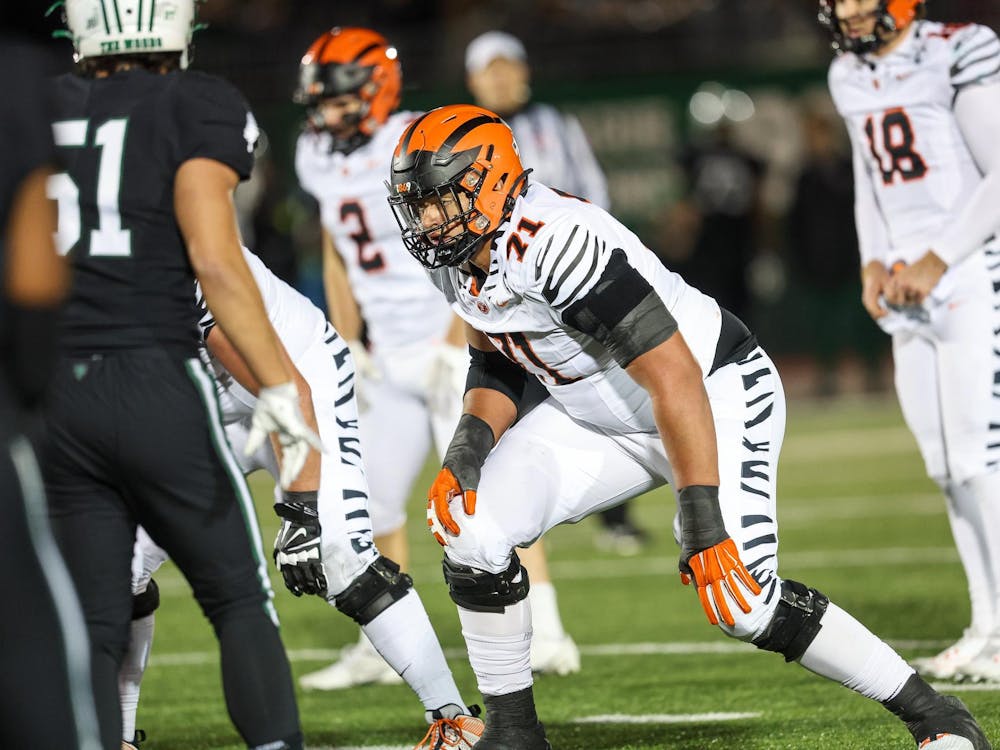In my defense, have you seen the two latest high-profile ACL tears? They were on the same day, and they were horrible. With just over a minute left in the Chicago Bulls’ Game-1 win over the Philadelphia 76ers, Derrick Rose dribbled nonchalantly up the court, drove, hop-stepped — this is where it happened — elevated, dished it while in the air, landed, propped himself up with his hands, took a few grotesque, depressing hobbles toward the baseline, then admitted defeat and eased slowly to the ground onto his back, probably knowing already what the half-dozen men in suits who rushed out to tend to him were in the process of finding out. Two hours later, New York Knicks rookie Iman Shumpert advanced past halfcourt and tried to bring the ball behind his back. The move ended with it bouncing harmlessly to Miami Heat guard Mario Chalmers — Shumpert was too busy clutching his knee with both hands, shrieking, curling into the fetal position, writhing in what looked like profound pain. He eventually had to be carried off the court and into the dressing room by two fellow rookies, maybe the most prototypically complete physical player taken in last year’s draft reduced to nothing in a quarter of a second. I was watching in mixed company when he went down and had to remind myself not to do anything that might be construed as insane. I am a wuss, granted.
In the aftermath, there was some grumbling about the nature of the post-lockout NBA season, one that was truncated and thus resulted in more games in fewer days and presumably a greater deal of stress on the parts of the body that tend to wear out like, say, knee ligaments. In truth, though, there’s likely no relation. This is the essential fact of ACL tears, and it’s what makes them so upsetting: They just happen. They happen regardless of schedule intensity or playing surface or pregame preparation; they happen to athletes at all levels and of both genders (though more frequently to women); they happen in football, basketball, soccer, volleyball, tennis; sometimes they happen spectacularly, and sometimes, like with Rose and Shumpert, they happen subtly, as the knee is performing a slight variation on an action it has repeated hundreds of thousands of times before. There is very little rhyme or reason. If you play a sport competitively that involves planting and cutting, your ACL could tear at any time.
Princeton athletes are not immune. Last year, junior forward Niveen Rasheed was averaging 16 points and 7.3 rebounds a game for the women’s basketball team when she went down midseason. Sophomore Adam Krop was nationally ranked when he tore his ACL at a wrestling meet against Lehigh in February. Sophomore Rob Castelo was a starting defenseman on the men’s lacrosse team as a freshman before a torn ACL in the second game of the season sidelined him for the rest of the year. And while all three have made their way back — Rasheed led the team to a No. 9-seed this past March, Krop got a nationals invite and Castelo has started every game this year for a stingy Tigers defense — some ACL injuries ruin careers forever. Derrick Rose has made a living and won an MVP doing one thing better than anyone else on the planet does: getting to the basket. Agility and stability are the core tenets of his game, and a surgically repaired ACL can’t always do all the things the original iteration could: Time will tell if Rose is ever the same player again.
What’s the endgame for ACL injuries? I don’t know. They seem to be the result of the human body doing things it was never really meant to do. Non-athletes almost never suffer the injury. (But they do sometimes, readers ... They do sometimes.) Take as an extreme example the 2010-11 Purdue athletic program, which saw 10 seasons ended by ACL tears in just over a year, including those of its football team’s quarterback, running back and wide receiver and its men’s basketball team’s star forward, Robbie Hummel, who was responsible for two by himself. I remember watching and liking Hummel: He played hard, and there was something deeply miserable about the way in which he went down in consecutive years. No way to prepare, no way to hide — just random chance. If that isn’t scary, I don’t know what is.







